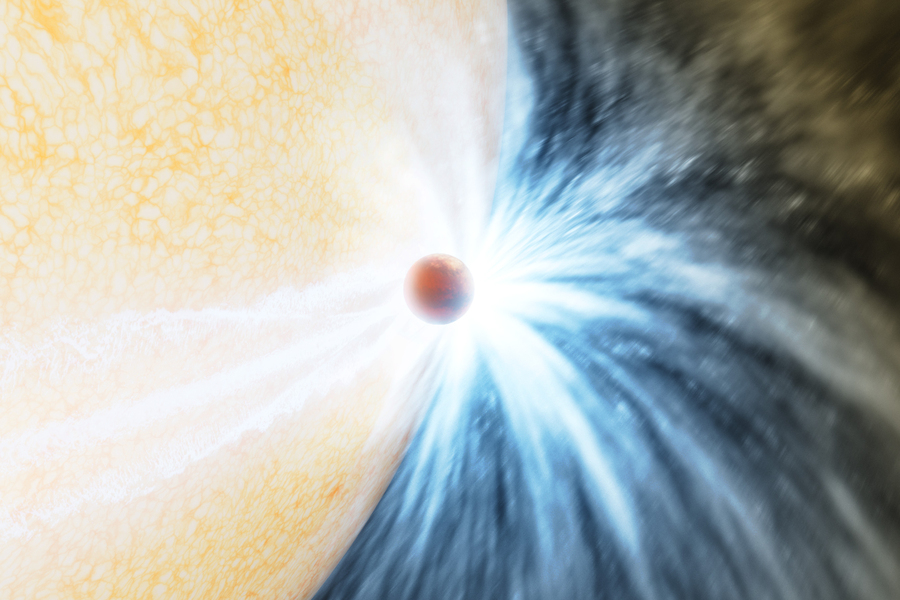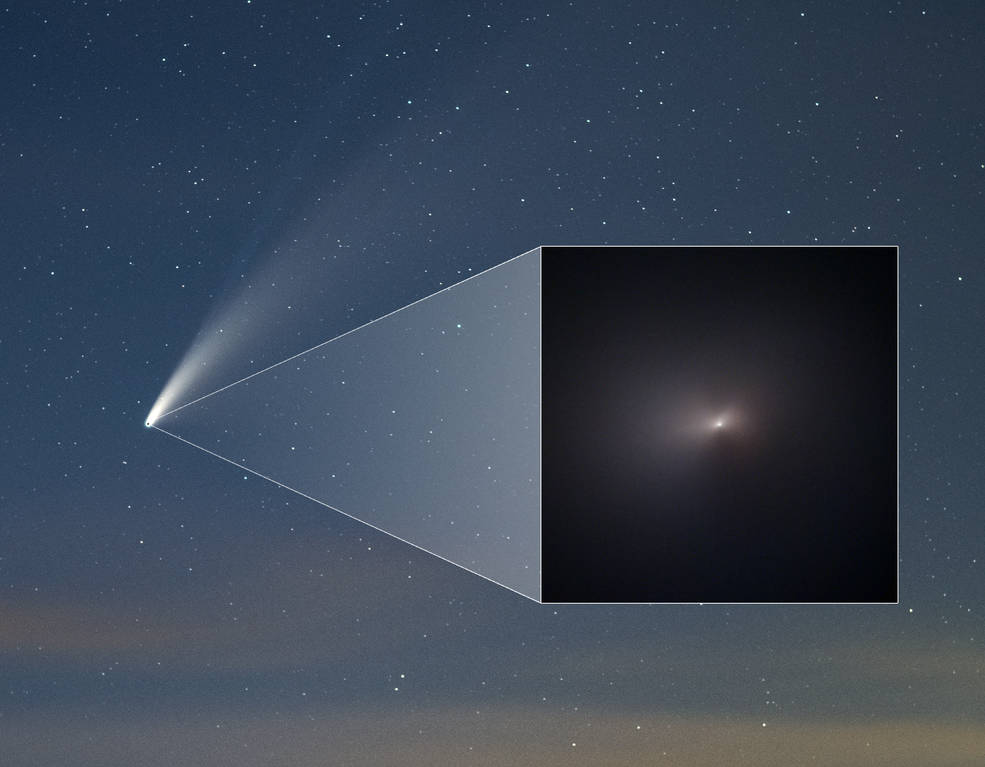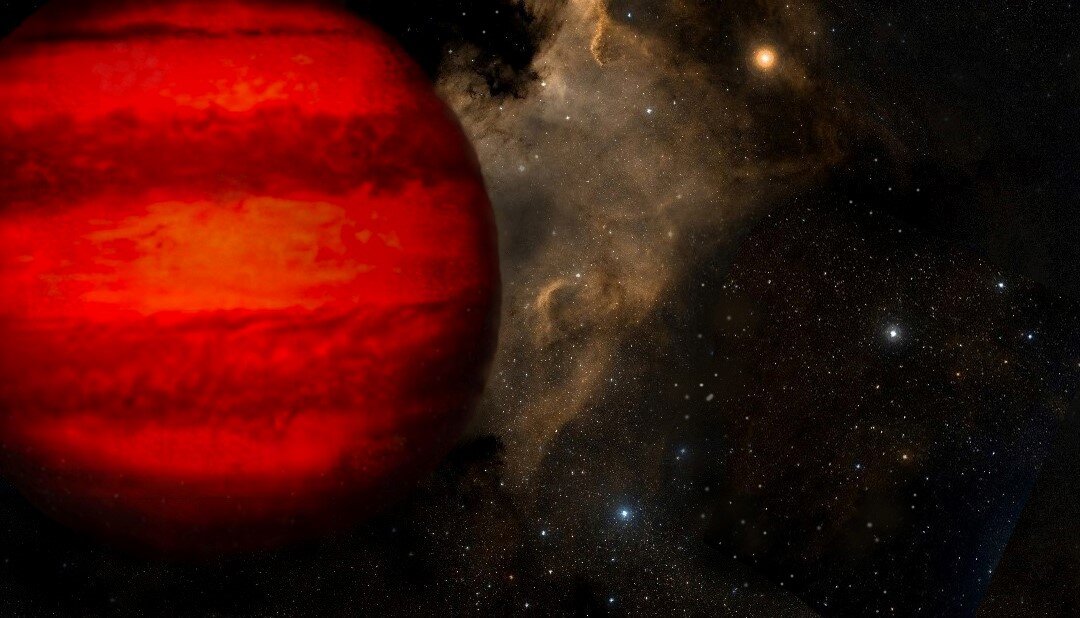
Credits:Image: K. Miller/R. Hurt (Caltech/IPAC)
Earth will meet a similar fate in 5 billion years. As a star runs out of fuel, it will billow out to a million times its original size, engulfing any matter — and planets — in its wake...
Read More

Earth will meet a similar fate in 5 billion years. As a star runs out of fuel, it will billow out to a million times its original size, engulfing any matter — and planets — in its wake...
Read More
Using observations from NASA’s Transiting Exoplanet Survey Satellite (TESS), an international team of astronomers has discovered a trio of hot worlds larger than Earth orbiting a much younger version of our Sun called TOI 451. The system resides in the recently discovered Pisces-Eridanus stream, a collection of stars less than 3% the age of our solar system that stretches across one-third of the sky.
The planets were discovered in TESS images taken between October and December 2018...
Read More
NASA Hubble Space Telescope images ...
Read More
With the help of citizen scientists, astronomers have discovered two highly unusual brown dwarfs, balls of gas that are not massive enough to power themselves the way stars do.
Participants in the NASA-funded Backyard Worlds: Planet 9 project helped lead scientists to these bizarre objects, using data from NASA’s Near-Earth Object Wide-Field Infrared Survey Explorer (NEOWISE) satellite along with all-sky observations collected between 2009 and 2011 under its previous moniker, WISE...
Read More
Recent Comments